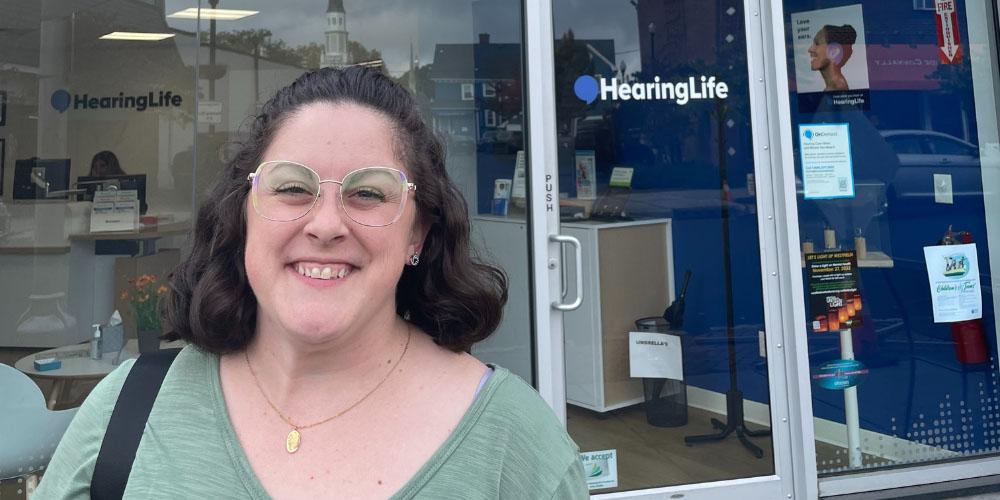
A vestibular disorder is a condition that you may or may not have heard of. Considered to be a chronic balance disorder, vestibular dysfunction can affect both the patient and their family in many ways. Affecting you not just on a physical level, but also on an emotional and mental level. Balance in life is crucial if you want to remain healthy, and this is true across all areas of your life. Whether it’s balancing your work and life, or balancing on your own two feet, balance is an essential aspect of life. Unfortunately, it’s common for a person to take this ability for granted, as many don’t truly realize how vital the vestibular system is. However, knowing and understanding the vestibular disorders facts can help a person realize how important balance truly is.
Vestibular dysfunction is a complex disorder that’s often misunderstood. To learn more, check out these vestibular disorders facts that are sure to change your mind.
-
-
-
The common symptoms of vestibular disorders can include vision that “jumps,” tinnitus, balance issues, hearing loss, nausea, vertigo, dizziness, poor concentration, fatigue, memory problems, anxiety, and depression.
-
Some of the most common vestibular disorders include vertigo, Meniere’s disease, vestibular migraines, vestibular neuritis, benign paroxysmal positional vertigo (BPPV), and labyrinthitis.
-
A relatively common condition, it is estimated that over 35% of American adults over the age of 40 have experienced a vestibular disorder at some point in their lives.
-
The vestibular system includes your eyes, the inner ear, and the parts of the brain that processes sensory information and regulates your balance.
-
While in some cases, vestibular disorders can occur from unexplained causes, it can also occur from disease, aging, drugs, chemicals, an autoimmune condition, as well as from a traumatic brain injury.
-
Even though vestibular disorders can be a life-altering condition, there is hope for a partial recovery. Even though there is no cure, doing vestibular exercises and going through therapy can help you manage the disorder and improve your symptoms.
-
Finding a physician who is well-versed in vestibular disorders is crucial. It is common for those who suffer from this disorder to be misdiagnosed. Unfortunately, many don’t receive an accurate diagnosis at first. Some may have to see multiple physicians before they are correctly diagnosed.
-
-















